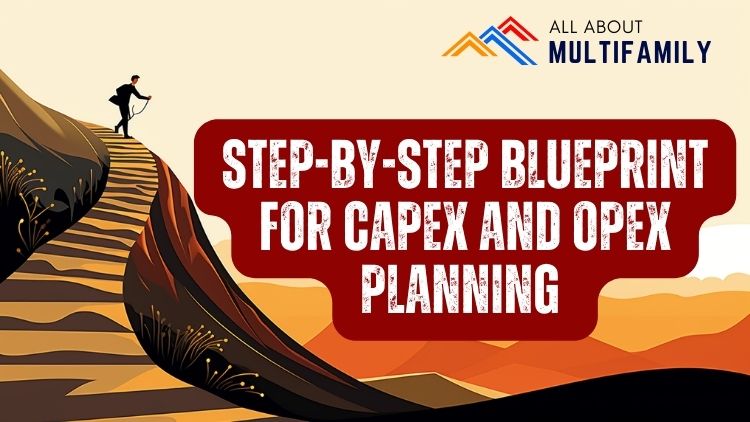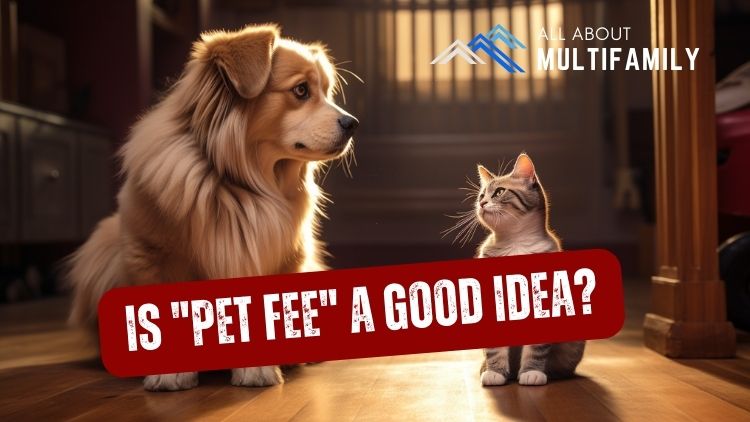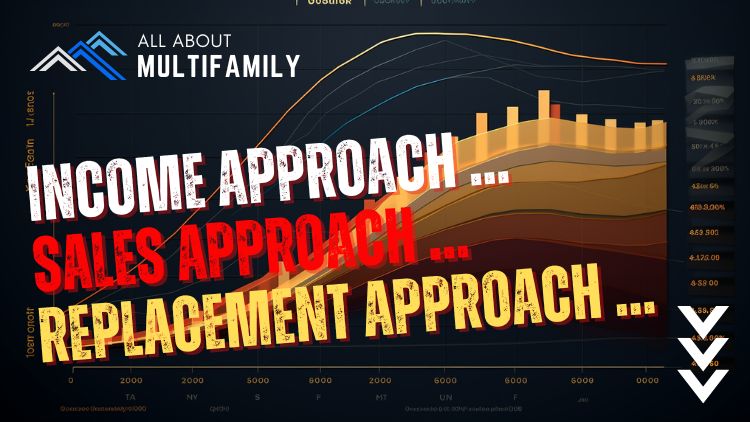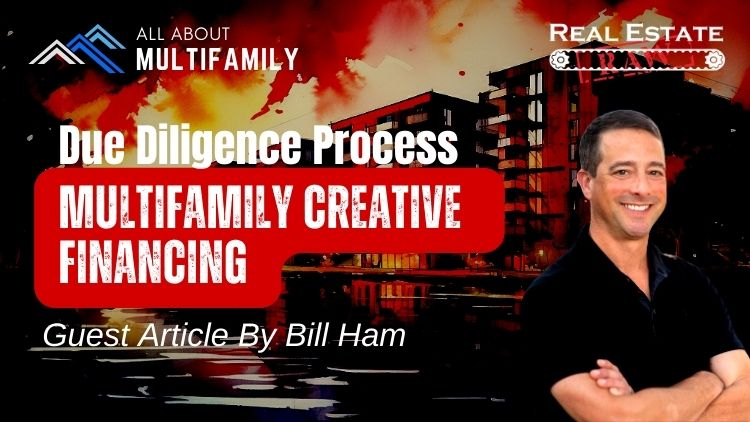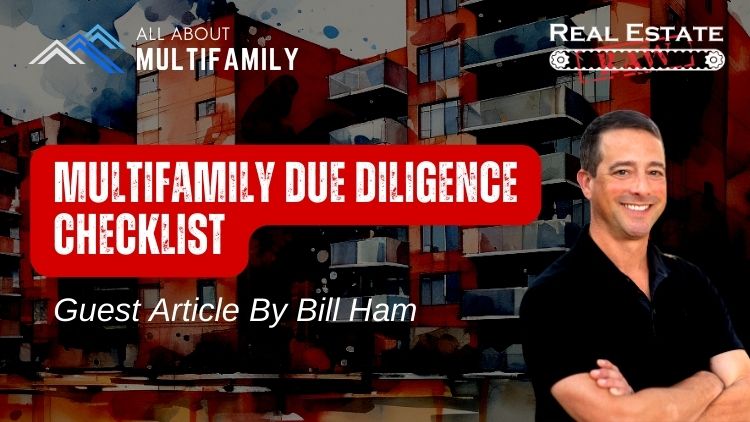1. Introduction
In the world of real estate investment, creative financing has emerged as a valuable tool to help investors unlock opportunities and navigate the complexities of property acquisition. It offers alternative ways to fund real estate transactions beyond traditional bank mortgages, making it an attractive option for those seeking flexibility and tailored solutions. This article will explore what creative financing entails, its advantages, common forms, associated risks, and how investors can get started with this innovative approach.
2. What is Creative Financing?
Creative financing is a form of real estate funding that involves out-of-the-box thinking and unconventional methods to secure funds for property purchases. Unlike conventional loans, creative financing methods do not strictly rely on banks or financial institutions. Instead, it opens up opportunities for negotiations between buyers and sellers to reach mutually beneficial arrangements.
3. Advantages of Creative Financing
Creative financing brings several advantages to both buyers and sellers in the real estate market. Some of these benefits include:
3.1 Flexibility in Deal Structuring
Creative financing allows parties to customize the terms of the deal according to their specific needs. It enables more flexible payment schedules, interest rates, and down payment options, making it easier for buyers to afford properties.
3.2 Faster Acquisition Process
Traditional bank loans often involve lengthy approval processes. In contrast, creative financing deals can be executed faster, facilitating quick property acquisitions.
3.3 Expanded Buyer Pool
By offering alternative financing options, sellers can attract a broader range of potential buyers, increasing the likelihood of a successful sale.
3.4 Greater Return on Investment
For sellers, creative financing can lead to higher sale prices and better returns on their investments.
4. Common Forms of Creative Financing
Several creative financing methods have gained popularity in the real estate industry. Let’s explore some of these techniques:
4.1 Lease Options
A lease option allows potential buyers to lease a property with an option to purchase it at a predetermined price within a specified timeframe. This arrangement provides flexibility and time for the lessee to arrange financing or assess the property before committing to the purchase.
4.2 Seller Financing
Seller financing, also known as owner financing, occurs when the seller extends credit to the buyer to cover part or all of the property’s purchase price. The buyer makes regular payments directly to the seller, bypassing the need for a traditional mortgage lender.
4.3 Private Money Lenders
Private money lenders are individuals or private companies that lend money to real estate investors. These lenders often base their decision on the property’s value and the borrower’s credibility rather than stringent credit requirements.
4.4 Joint Ventures
Joint ventures involve two or more parties coming together to invest in a real estate project. Each party contributes financially or with resources, and profits or losses are shared based on the agreed-upon terms.
4.5 Contract for Deed
A contract for deed, also known as a land contract or installment sale agreement, allows the buyer to make payments directly to the seller over time. The buyer gains equitable title while the seller retains legal ownership until the final payment is made.
4.6 Real Estate Crowdfunding
Real estate crowdfunding platforms pool funds from multiple investors to finance real estate projects. Investors can participate with smaller amounts, reducing the barrier to entry for lucrative real estate deals.
4.7 Hard Money Loans
Hard money loans are short-term, high-interest loans that provide quick access to funds, often used by real estate investors for time-sensitive purchases.
5. Creative Financing Risks and Challenges
While creative financing offers unique opportunities, it is not without risks and challenges. Some potential drawbacks include:
5.1 Higher Interest Rates
Creative financing methods, especially those involving private lenders or hard money loans, may come with higher interest rates compared to traditional bank loans.
5.2 Risk of Default
Buyers need to be cautious about their ability to meet payment obligations, as defaulting on creative financing deals can result in severe consequences.
5.3 Complex Negotiations
Creative financing deals involve intricate negotiations between buyers and sellers, requiring clear communication and legal documentation.
6. Who Can Benefit from Creative Financing?
Creative financing can benefit various individuals and entities within the real estate market, including:
6.1 Real Estate Investors
Seasoned and aspiring real estate investors can leverage creative financing to expand their investment portfolios and explore new opportunities.
6.2 Home Buyers
Buyers who face challenges in obtaining traditional mortgages, such as first-time homebuyers or those with lower credit scores, can find alternative pathways to homeownership through creative financing.
6.3 Sellers
Sellers looking to attract more buyers, sell properties quickly, or earn higher returns may opt for creative financing options.
7. How to Get Started with Creative Financing?
Embarking on creative financing requires careful planning and consideration. Here are some steps to get started:
7.1 Research and Education
Gain a deep understanding of the various creative financing methods and how they can be applied to different real estate scenarios.
7.2 Build a Network
Connect with other real estate investors, professionals, and potential partners to expand your network and increase opportunities.
7.3 Seek Professional Advice
Consult with real estate agents, attorneys, or financial advisors who specialize in creative financing to get expert guidance.
Creative financing has become a game-changer in the world of real estate, offering flexible and innovative ways to fund property purchases. From lease options to seller financing and real estate crowdfunding, these methods open up new horizons for both buyers and sellers. However, navigating creative financing requires due diligence and understanding of the associated risks. By exploring the potential, building a strong network, and seeking professional advice, real estate investors can harness the power of creative financing to unlock a world of opportunities.
Examples of creative financing in real estate:
- Lease Option: In a lease option, a potential buyer leases a property with the option to purchase it at a predetermined price within a specific time frame. This gives the buyer time to assess the property and arrange financing while securing the option to buy it later.
- Seller Financing: Also known as owner financing, this method involves the seller acting as the lender, allowing the buyer to make regular payments directly to them instead of obtaining a mortgage from a bank.
- Private Money Lenders: Private individuals or companies offer funds to real estate investors, usually based on the property’s value and the investor’s credibility, providing an alternative to traditional bank loans.
- Joint Ventures: In a joint venture, two or more parties come together to invest in a real estate project. Each party contributes financially or with resources, and profits or losses are shared based on the agreed-upon terms.
- Contract for Deed: A contract for deed, also known as a land contract or installment sale agreement, allows the buyer to make payments directly to the seller over time. The buyer gains equitable title while the seller retains legal ownership until the final payment is made.
- Real Estate Crowdfunding: Crowdfunding platforms pool funds from multiple investors to finance real estate projects, allowing individuals to participate with smaller amounts and invest in properties collectively.
- Hard Money Loans: Hard money loans are short-term, high-interest loans used by real estate investors for time-sensitive purchases. These loans provide quick access to funds, albeit at a higher cost.
- Seller Second Mortgage: In this arrangement, the seller provides a second mortgage to the buyer, supplementing the primary mortgage from a traditional lender.
- Subject-To Financing: In a subject-to deal, the buyer takes over the existing mortgage on the property without formally assuming the loan. The seller’s name remains on the mortgage, but the buyer makes the mortgage payments.
- Wraparound Mortgage: A wraparound mortgage is an additional loan provided by the seller to the buyer, covering the remaining balance after the buyer’s down payment. The buyer makes payments to the seller, who then continues to pay the original mortgage.
These are just a few examples of creative financing options available to real estate investors and buyers. Each method comes with its own benefits and risks, and it’s essential for parties involved to thoroughly understand the terms and implications before proceeding with any creative financing arrangement.
Pros and Cons of Creative Financing in Real Estate
Creative financing has emerged as a popular and viable option in the real estate market, offering innovative ways for buyers and sellers to navigate property transactions. While it brings unique advantages, it also comes with its own set of challenges. Let’s explore the pros and cons of creative financing:
Pros of Creative Financing:
- Flexibility in Deal Structuring: One of the most significant advantages of creative financing is the flexibility it offers in structuring deals. Buyers and sellers can negotiate customized terms that suit their unique financial situations, leading to more tailored and mutually beneficial agreements.
- Expanded Buyer Pool: Creative financing attracts a broader range of potential buyers, including those who may face challenges in obtaining traditional mortgages. This increases the likelihood of a successful sale and reduces the time a property spends on the market.
- Faster Transactions: Compared to traditional financing methods that involve lengthy approval processes, creative financing can expedite transactions. Buyers can secure funding more quickly, enabling them to move forward with their real estate plans without delays.
- Increased Investment Opportunities: For real estate investors, creative financing opens up new investment opportunities that may not be available through traditional lenders. It allows them to explore unique projects and access capital from alternative sources.
- Negotiation Power: Creative financing enables more direct negotiations between buyers and sellers, creating a collaborative environment where both parties can address their needs and concerns.
- Seller Benefits: Sellers who offer creative financing options can potentially sell their properties at higher prices and earn better returns on their investments. Additionally, they can secure a steady income stream if they choose seller financing.
Cons of Creative Financing:
- Higher Interest Rates: Depending on the method of creative financing, borrowers may face higher interest rates compared to traditional bank loans. This can result in increased overall costs over the life of the financing arrangement.
- Risk of Default: With unconventional financing methods, there may be a higher risk of borrowers defaulting on payments. Sellers must carefully assess the financial stability of potential buyers to minimize this risk.
- Complex Negotiations: Creative financing deals often involve more intricate negotiations and legal documentation than standard financing methods. This complexity may require professional guidance and legal support.
- Limited Availability: Not all sellers may be open to offering creative financing options, limiting the availability of such opportunities in the market.
- Regulatory Considerations: Some forms of creative financing may have regulatory implications that buyers and sellers need to be aware of and comply with to avoid legal issues.
- Less Favorable Terms: In some cases, buyers may face less favorable terms than they would with traditional financing. It’s essential for them to carefully analyze the terms of the deal to ensure it aligns with their long-term financial goals.
Creative Financing FAQs
9.1 Is creative financing riskier than traditional financing?
Creative financing can be riskier due to higher interest rates and the complexity of negotiations, but it also offers unique advantages and opportunities for certain buyers and sellers.
9.2 Can I use
creative financing for commercial real estate?
Yes, creative financing is applicable to both residential and commercial real estate transactions.
9.3 What is the primary benefit of seller financing?
Seller financing allows buyers to bypass traditional mortgage lenders, making it easier for those with limited access to conventional loans to become homeowners.
9.4 How can I find private money lenders?
Networking within the real estate community, attending local meetups, or exploring online platforms specializing in private lending can help you connect with private money lenders.
9.5 What happens if a buyer defaults on a contract for deed?
If a buyer defaults on a contract for deed, the seller may retain the property and keep all payments made up to that point. The specific consequences depend on the terms outlined in the contract.






























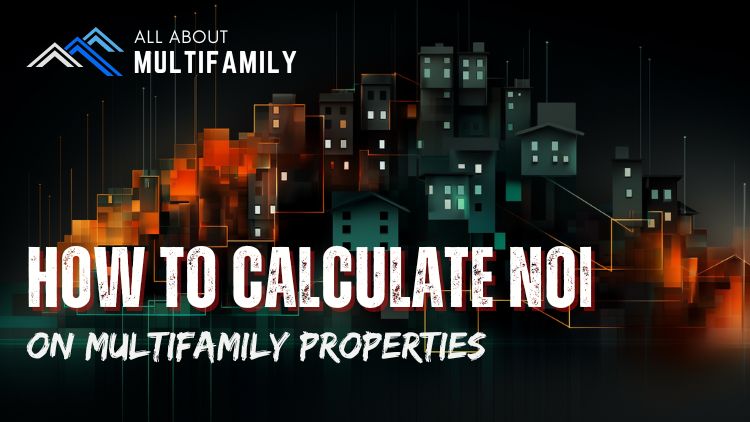



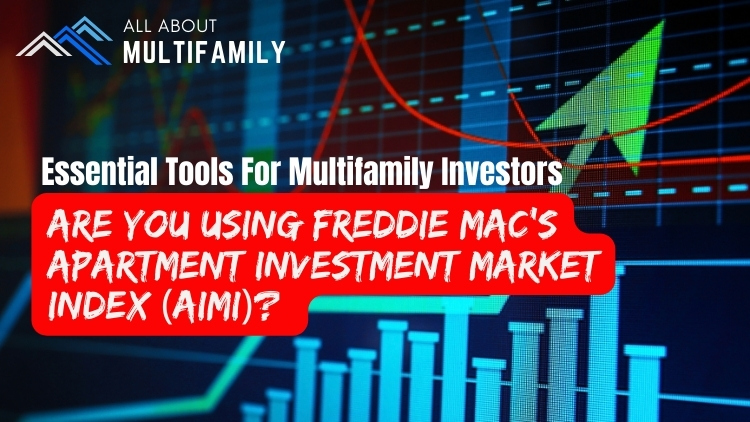

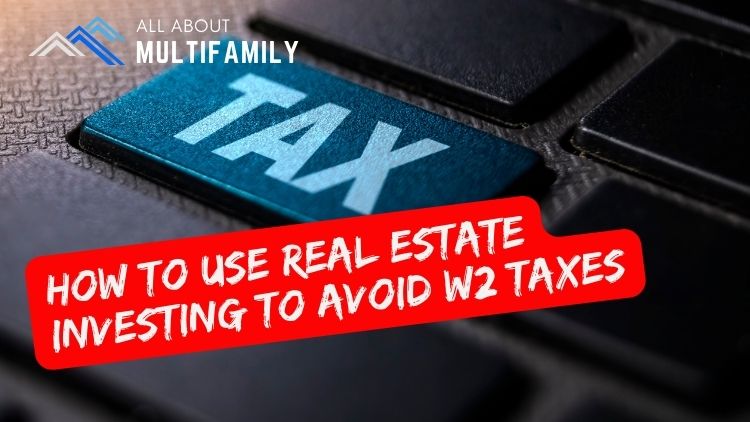

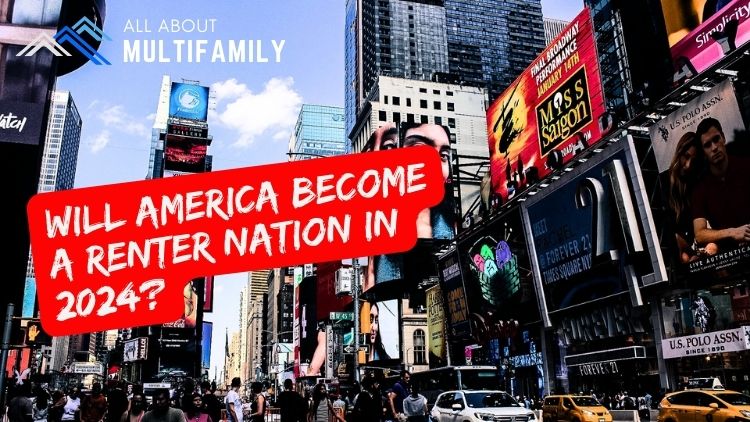


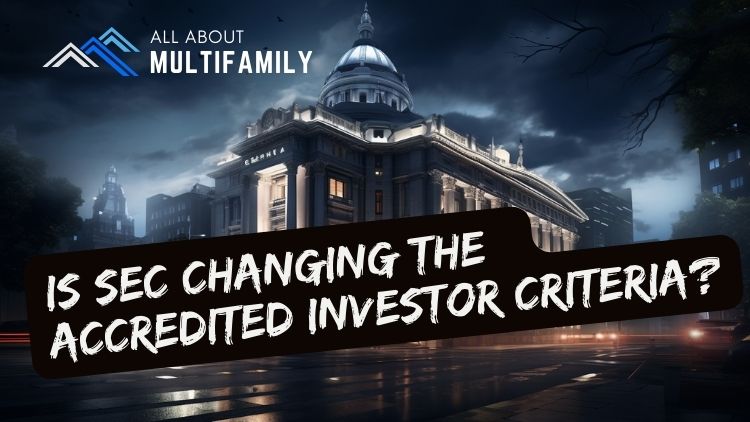


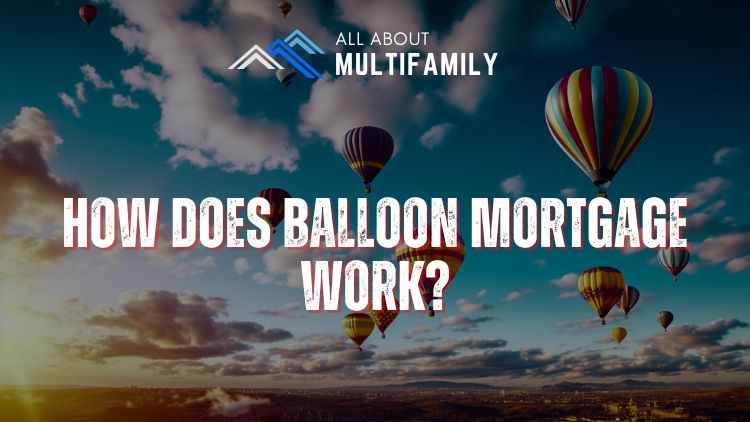
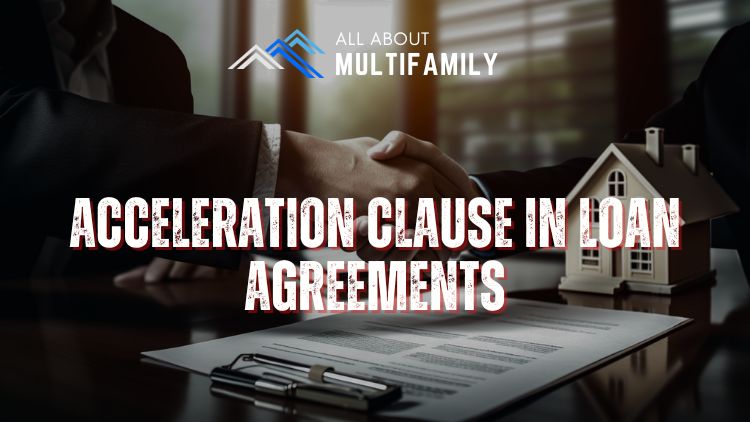
![An In-Depth Look at Jake and Gino's Coaching Program [A Review]](https://allaboutmultifamilyinvesting.com/wp-content/uploads/2023/10/AAM-BMP-Blog-Covers-750-×-422px-6.jpg)
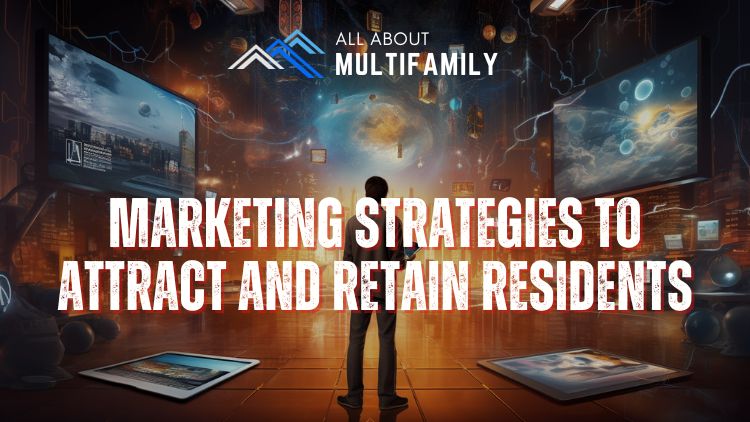
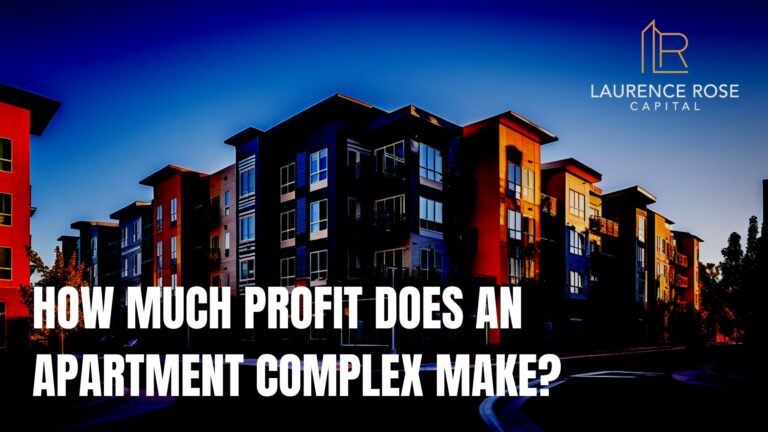
![Email Marketing Tips for Multifamily Real Estate Syndicators to Raise Capital [Templates included]](https://allaboutmultifamilyinvesting.com/wp-content/uploads/2023/09/AAM-BMP-Blog-Covers-750-×-422px-4.jpg)
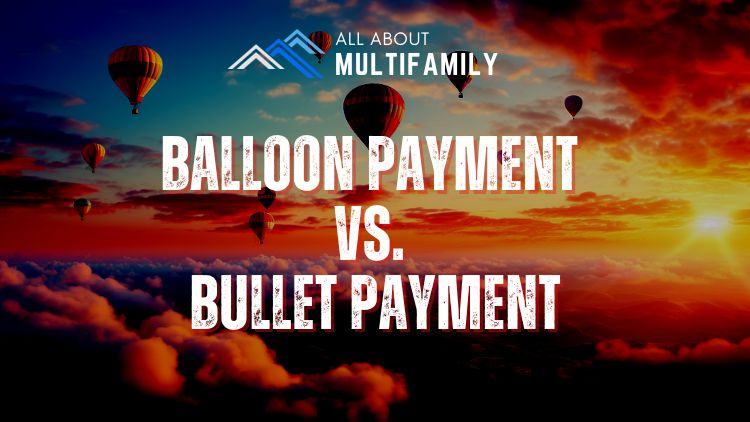
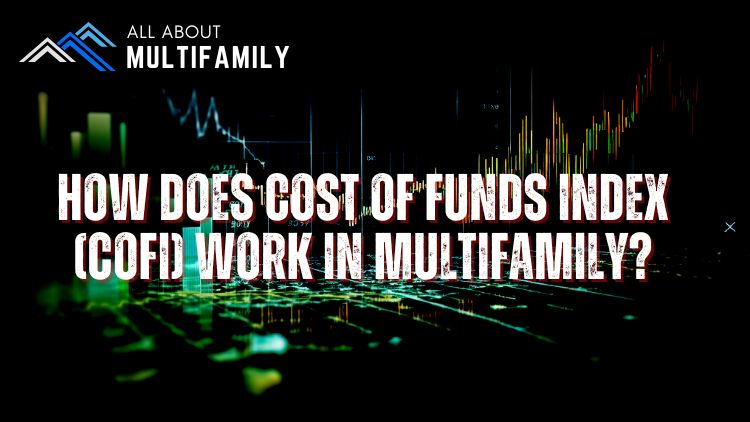
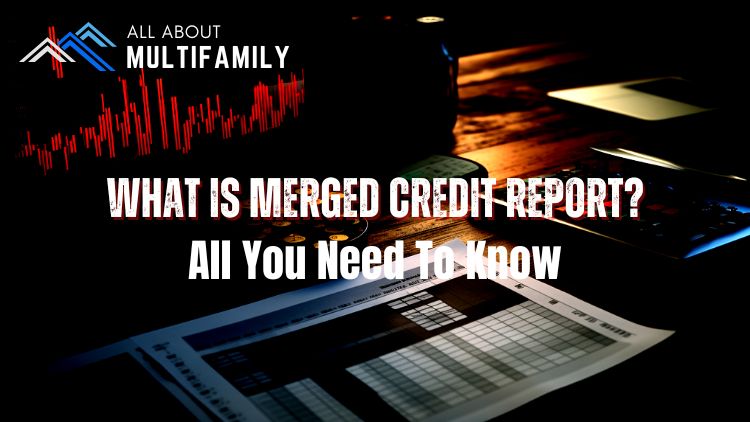
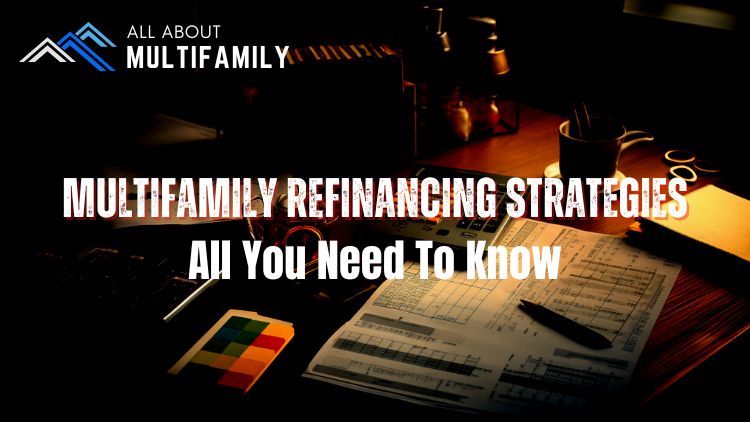
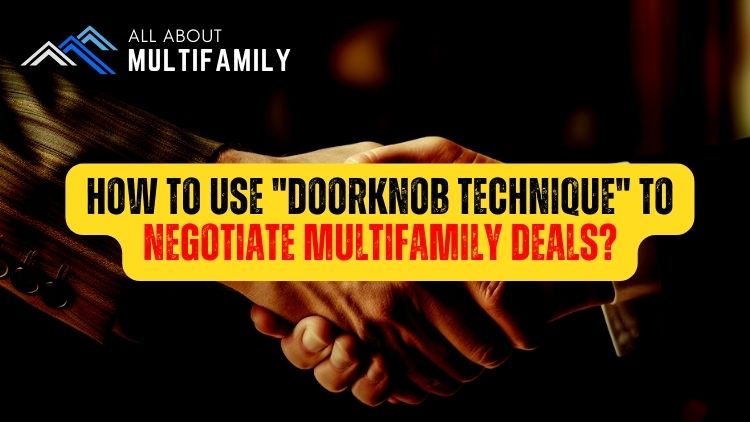
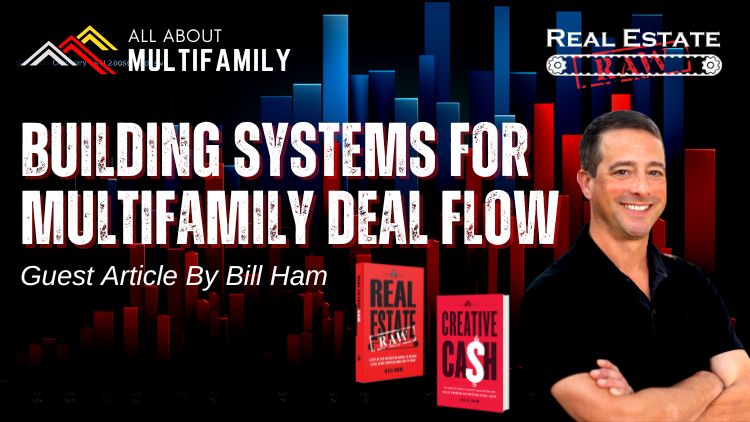
![The Richest Kids In America [Book Review]](https://allaboutmultifamilyinvesting.com/wp-content/uploads/2023/09/AAM-BMP-Blog-Covers-750-×-422px-84.jpg)





